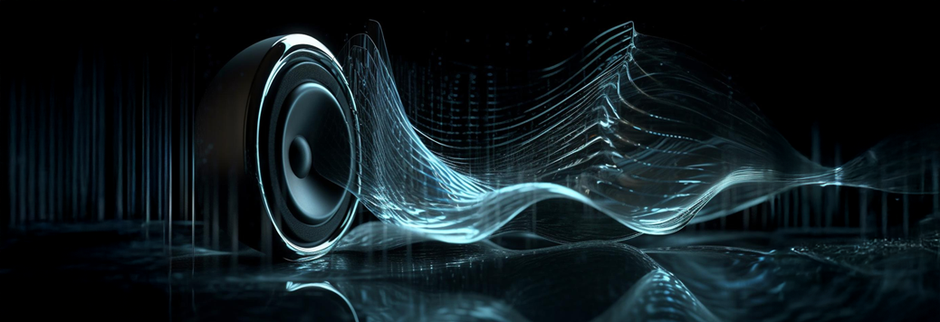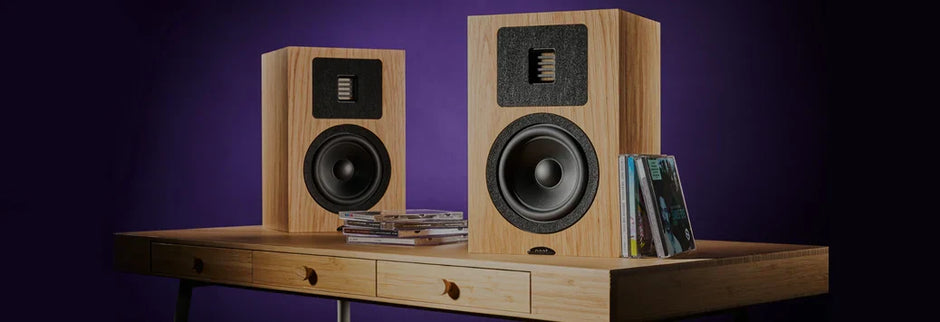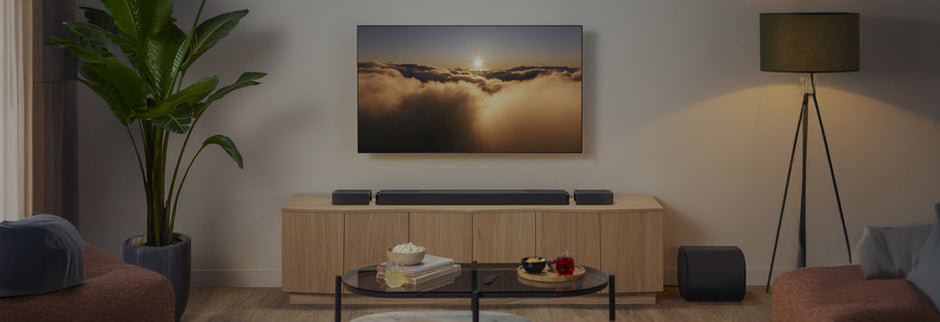
If you've ever bought a pair of headphones, Bluetooth speakers or a smartphone, the odds are strong that you are familiar with the term IP ratings.
While IP ratings may not sound like important audio gear, nevertheless if you’re planning on buying a new portable wireless speaker, and require a good pair of sports headphones that won’t conk off when exposed to water or sweat on a rainy day or during a workout, IP ratings are going to be useful for selecting a suitable kit.
While there's a wide category of waterproof speakers, waterproof headphones or earphones, precision-designed to be worn while getting hot and sweaty or when exposed to a hint of drizzle, it’s important to know if your earbuds are up to the task.
How do you determine if a product can prevent the ingress of unwanted particles? An IP rating or an “Ingress Protection” rating comes into the picture to help you find the answer to the question.
What are IP Ratings and How can You Read an IP Rating?
While we often hear of products being labelled as simply “waterproof” or “not waterproof”, the point of the IPXX rating is to account for both solid and liquid foreign objects.
The IPXX rating system is a scale that companies use to inform consumers about how waterproof and/or “dustproof” a product is. The IP rating is given by the International Electrotechnical Commission (IEC) which is indicative of how well-resistant a certain electronic device is to solids (like dust) and liquids (like water).
An IP rating is usually a spec on an item’s packaging or product page, and it's the letters "IP" followed by two digits: for example, IP57.
- The first digit represents the rating (from 1 to 6) against solids
- The second digit represents its rating (from 1 to 8) against liquids. The higher the number, the more resistant it is to that element.
It is considered to be the simplest way of classifying and rating products depending on how resistant they are to environmental factors.
Also Read: Complete Breakdown of Understanding Speaker Power Rating Specifications
A Quick Look at the IP Waterproof Ratings

Waterproof ratings are determined by the second number in the IPXX code.
- IPX0: No protection against liquid or moisture of any kind. Even a moist or humid environment could cause damage
- IPX1: Protects from dripping water from vertically falling drops
- IPX2: Protects from vertically dripping water when the enclosure is tilted up to 15 degrees
- IPX3: Safeguards against spraying water, meaning that water sprayed at an angle of up to 60 degrees on either side of the vertical will have no harmful effect
- IPX4: Protects against splashing water. This is all water hitting the product from an angle
- IPX5: Provides protection against water jets from any direction
- IPX6: Facilitates protection against strong water jets
- IPX7: Safeguards against full water immersion for 30 minutes in water up to 3ft (1m) deep
- IPX8: This is better than IPX7, usually going to a deeper depth and for an increased submersion time
- IPX9: The highest level of waterproofing will safeguard your equipment against water both at high temperatures and high pressures. Powerful jets, then, and water getting up to around 80 degrees Celsius, would not impact.
A Quick Look at the IP Solid Foreign Object (Dustproof) Ratings

- IP0X: No protection against the entry of small particles such as dust, dirt and other foreign objects. Anything with such a rating will be very sensitive and will likely be sealed off from the outside world.
- IP1X: Provides minimal protection against objects of 50mm and over. Such products or equipment are very sensitive to foreign bodies.
- IP2X: Provides protection against contact with solid foreign objects of 12.5mm in diameter or greater.
- IP3X: Safeguards against solid foreign objects of 2.5mm in diameter or greater.
- IP4X: Shields against solid foreign objects of 1.0mm in diameter or greater.
- IP5X: This is the rating that actually assures protection against dust. Dust may enter but usually won’t cause any actual damage. This is “Dust-protected”, but not “Dust-tight”.
- IP6X: This is the final and highest rating, and signifies fully “Dust-tight”, fully safeguarding against foreign physical.
What if there's No IP Rating?
In the absence of an IP rating, you can conclude that your speakers, headphones or earbuds are not very resistant against solids or liquids. Some of the brand’s higher-end models for headphones or speakers have an IP rating, while some models on the lower end do not have it.
The higher the number rises, the more water-resistant the device gets.
Let’s look at the difference it brings.
|
IPX4 |
Splash-resistant |
|
IPX5 |
Resistant to a sustained low-pressure water spray |
|
IPX6 |
Can withstand a sustained high-pressure spray |
|
IPX7 |
Can be submerged for 30 minutes and still survive |
| IPX8 | Can be submerged for 30 minutes, can go a little deeper and still survive |
How can IP Ratings Influence Your Purchasing Decisions?
When it comes to headphones, Bluetooth speakers, and even portable projectors, IP ratings can help you pick the most suitable option. Factor in the use of the device. Will it be used outdoors, by the water, or in dusty environments? It’s important to ask these questions.
Once you understand the rating system for IP, it is easy to determine the level of protection a device has against water and dust.
Now that you know how to read IP ratings, you’ll be all set for exploring the wide array of options available at Ooberpad.







